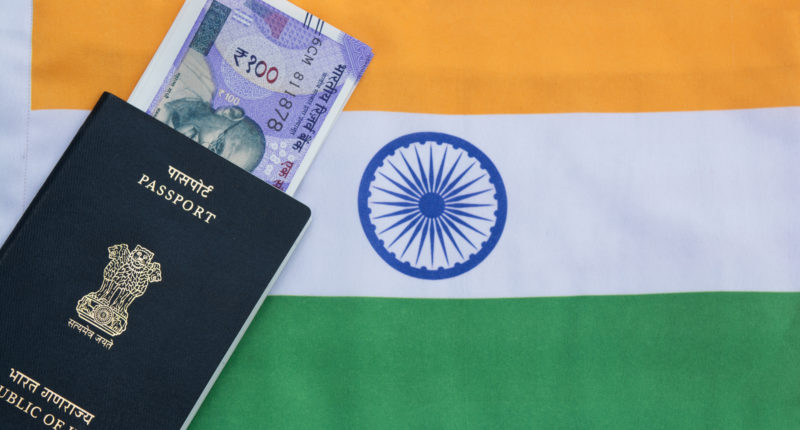During one year, the Nifty has seen a lot of variations—an all-time high was hit at 12,430.50 points, it then dropped by 40% to 7,511.10 when the World Health Organisation (WHO) declared COVID-19 as a pandemic. After a few weeks, it again surged by 20% from the low to 9,000 and odd points.
With this kind of volatility in the equity market, even seasoned investors have become cautious about making any move. On the other hand, many investors prefer to invest in low-risk and fixed-income instruments so that they have a zero-risk investment portfolio.
There are lower-risk products that pay predictable and fixed returns. Also, lower risk leads to a lower dividend or interest rate on investments. Fixed-income products include various factors to analyse, such as lock-in periods, interest rates, maturity, eligibility, taxability, and more. You must pick the financial products based on your preferences.
Also Read: RBI Defers Bad Loans; Supports Lenders to Stand Stressed Assets
Investing in EPF can be one such low-risk choice where you can earn the best interest rate, at 8.5%, as well as save taxes. You can choose to contribute 100% of your basic pay towards EPF as an employee contribution. On the other hand, young investors who do not need payouts can opt for Public Provident Fund (PPF) with a 15-year lock-in period. Pick any of the small saving schemes available based on the match of your goal with the lock-in and maturity period of the scheme.
However, choosing these products for your portfolio may have negative real returns. This is because the returns you see at the time of entry may eventually reduce with inflation and income tax liabilities. Inflation can reduce the purchasing power of your funds, especially for FDs and RBI bonds. It is necessary to keep your funds in-line with inflation.
There may be cases when the real returns, after considering inflation and tax, are unfavourable and that your investments are shrinking. If you try hard to invest all your money in low or no risk products, it will be challenging to attain your financial goals within the given time. Therefore, you must choose the right instruments at the right age and keep your portfolio diversified. You must ideate a risk management plan so that you can endure and get past the market volatility and risks.
The ideal proportion of equity and debt products in your portfolio depends on the duration of investment and risk appetite. When you are younger, you can widen the share of equity instruments and eventually reduce it with age. Whereas, you can choose the risk-free debt instruments when you are at retirement.
In addition to focusing on capital protection, you must also think of the returns you earn from your investments. You must prioritise your goals and asset allocation. Real risk assessment and liquidity factors also play a vital role.
For any clarifications/feedback on the topic, please contact the writer at apoorva.n@cleartax.in





